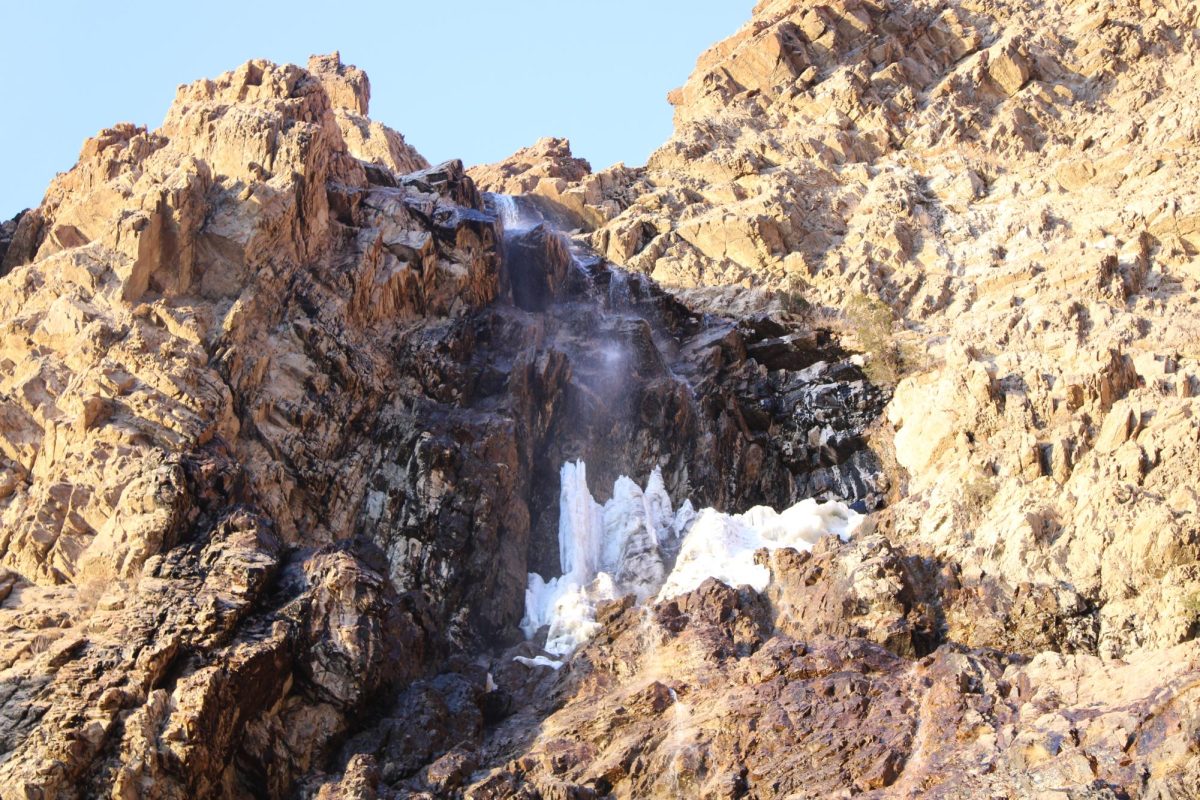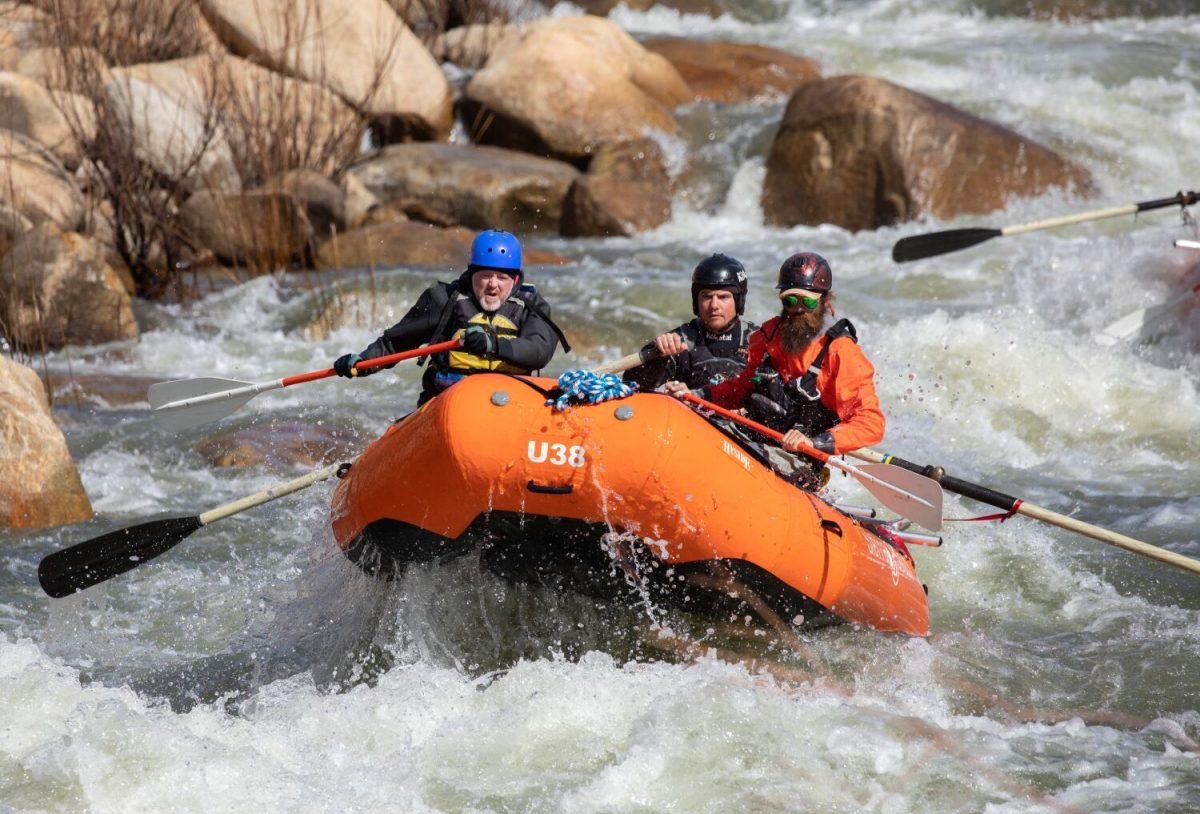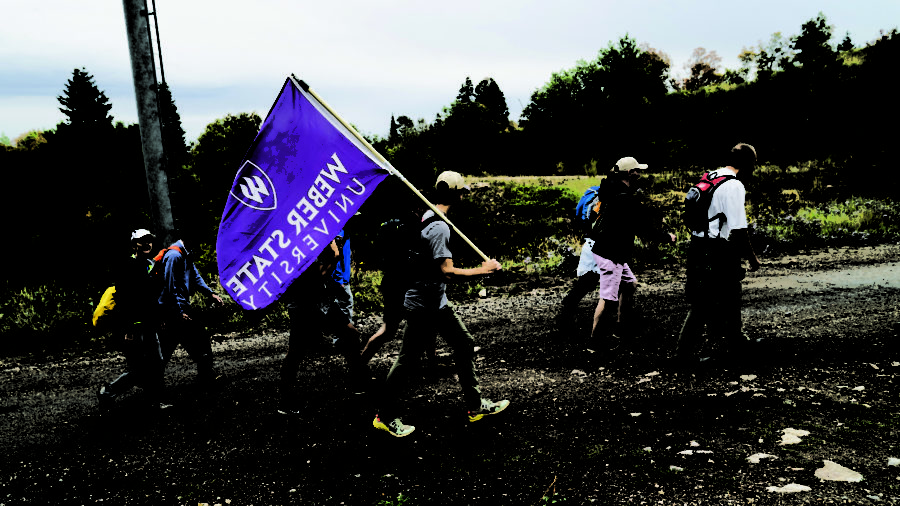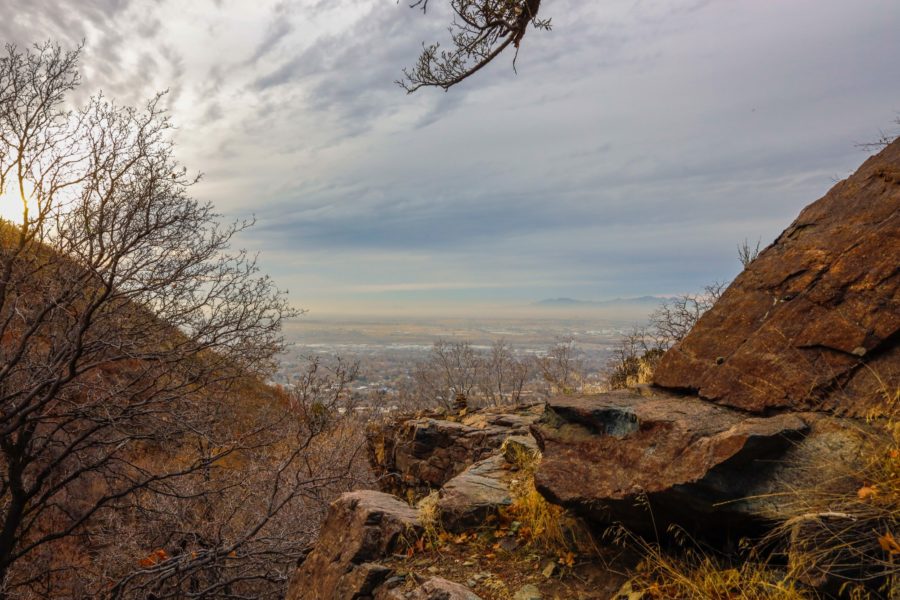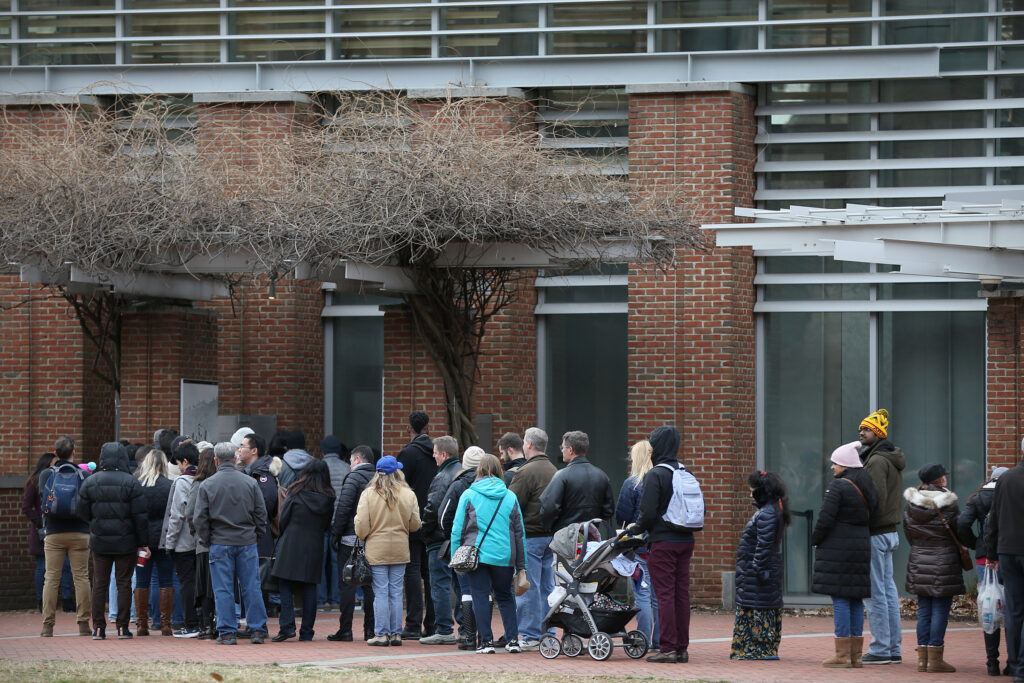
With snow covering the roads of Arches and Canyonlands national parks, travelers will have to postpone their sightseeing as the partial government shutdown trudges into the new year.
Although the state of Utah has spent roughly $10,000 a day to keep the parks open during the political hiatus, the funding only paid for custodial and visitors centers services before ending on Dec. 31, according to FOX 13.
Consequently, money for snowplows has become scarce enough for the parks to close their doors due to unsafe road
conditions.
Both parks announced the news on Twitter on New Year’s Eve, stating that the closure was due to heavy snowfall and lack of funding for maintenance. It is unclear when the roads will open again, as both weather and governmental conditions currently show no signs of letting up.
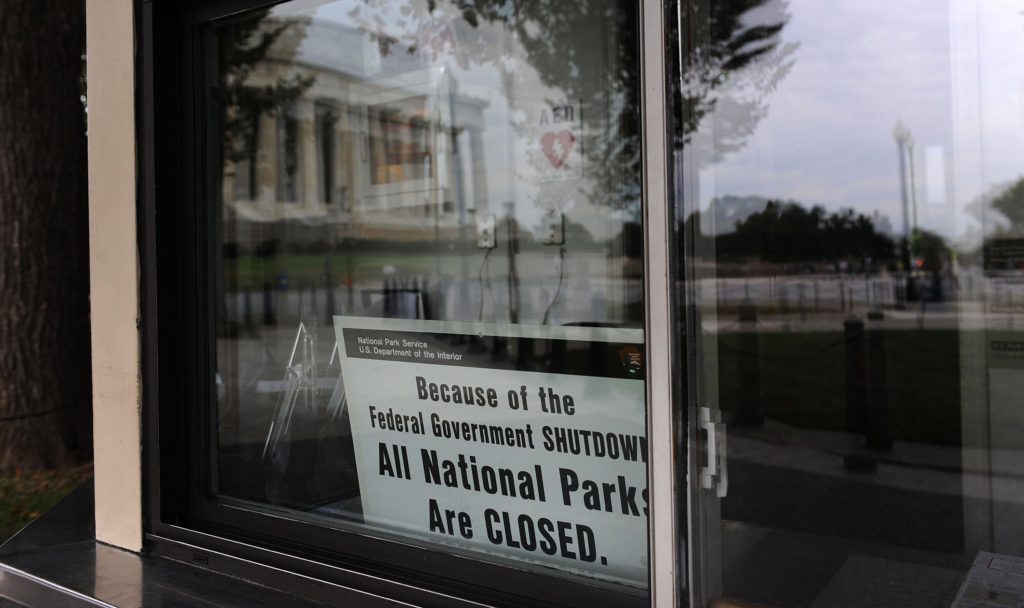
Arches and Canyonlands aren’t the only parks that are struggling: with funding in Zion and Bryce Canyon expiring on Jan. 5 and 10, several of Utah’s landmark destinations may soon suffer the same fate.
In line with the Department of Interior guidelines, the National Parks Service has suspended “all activities except for those that are essential to respond to emergencies involving the safety of human life or the protection of property,” according to the NPS contingency plan and the Utah Office of Tourism website.
In addition, visitor services, such as the use of restrooms, trash collection, facilities and road maintenance, campground reservation and check-in/check-out services, backcountry permits and public information have been discontinued until
further notice.
Despite these limitations, state parks and facilities technically remain open. However, visitors are advised to be extremely cautious and check local weather reports and forecasts whenever possible, as national parks, monuments and forests will not maintain website or social media updates on conditions and closures.
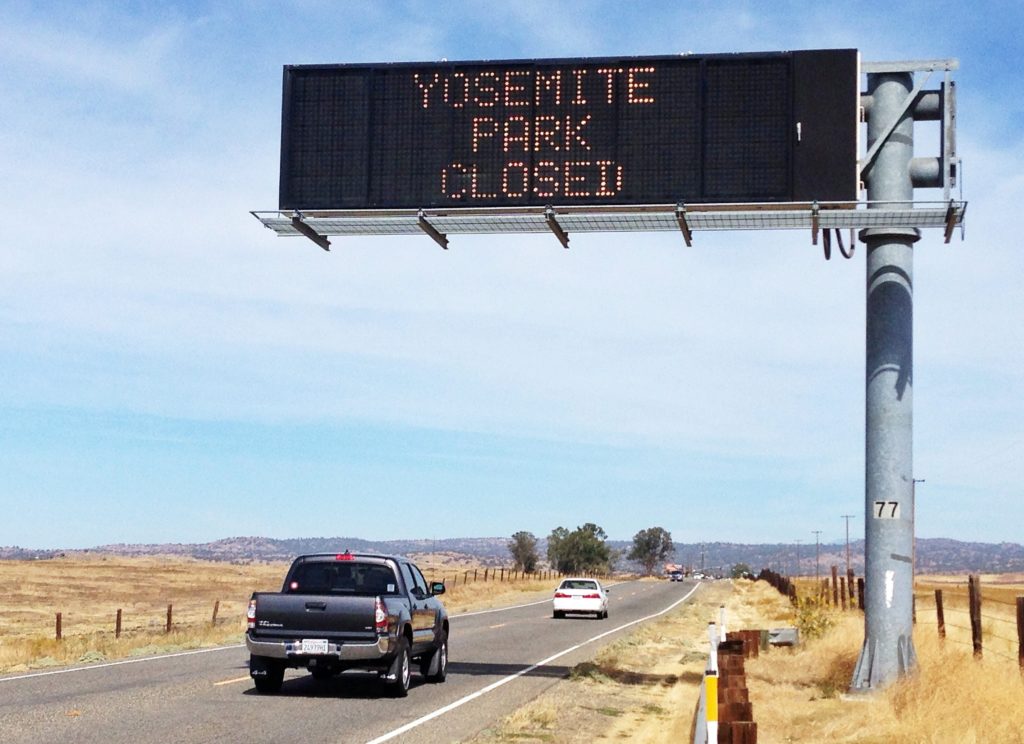
In addition to Utah parks, national preserves in surrounding states like Wyoming and Idaho have also implemented similar regulations. The gates to Yellowstone and Grand Teton national parks will remain open; however, all government-run services and facilities are closed. Staffing will also be extremely short-handed, if not entirely vacant, leaving travelers without guidance or information when navigating the parks.
With limited personnel to clean toilets and trash cans, an overflow of garbage and feces has begun to contaminate the natural splendor of several parks throughout the American West. According to Business Insider, this temporarily caused Joshua Tree National Park in Southern California to close its doors due to health and safety concerns of campers exposed to human waste.
Although it is common for a government shutdown to affect national parks, this level of damage could be the most devastating yet, and there is still no end in sight.
The partial government shutdown was caused by a dispute between President Trump and Congress over $5.7 billion in funding for a U.S.-Mexico border wall. With Democrats laying out the groundwork for reopening the government and Trump showing no intention of compromise, the shutdown continues to enter its third week, leaving its nation — and its parks — in a fixed state of uncertainty.









